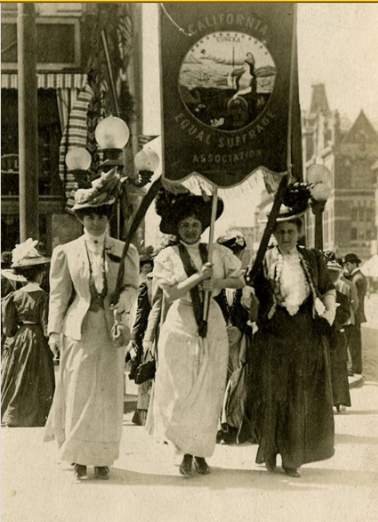
Because progressivism called for an expanded government to protect individuals, it is only natural that expanding voting rights were deemed equally important. In California, women received the right to vote in 199; on the national level, it took several more years. Students read about leading suffragists and their organizations, especially the National American Woman Suffrage Association (NAWSA) and the National Women’s Party (NWP). This question can frame students’ exploration of the women’s suffrage movement: Why did women want the right to vote, and how did they convince men to grant it to them? Progressive impulses also challenged big-city bosses and government corruption; rallied public indignation against trusts; pushed for greater urban policing, social work, and institutionalization related to gender, sexuality, race, and class; and played a major role in national politics in the pre-World War I era. Moreover, labor and social justice movements also called for education reform, better living conditions, wage equality, more social freedom for women, and sometimes acceptance of, or at least tolerance for, women and men living outside of traditional heterosexual roles and relationships. Excerpts from the works of muckrakers, reformers, and racial thinkers such as Lincoln Steffens, Jacob Riis, Ida Tarbell, Helen Hunt Jackson, Joseph Mayer Rice, Emma Goldman, and Jane Adams and novels by writers such as Theodore Dreiser, Upton Sinclair, and Frank Norris will help set the scene for students.
Why did women want the right to vote? How did women convince men to grant them the right to vote?
